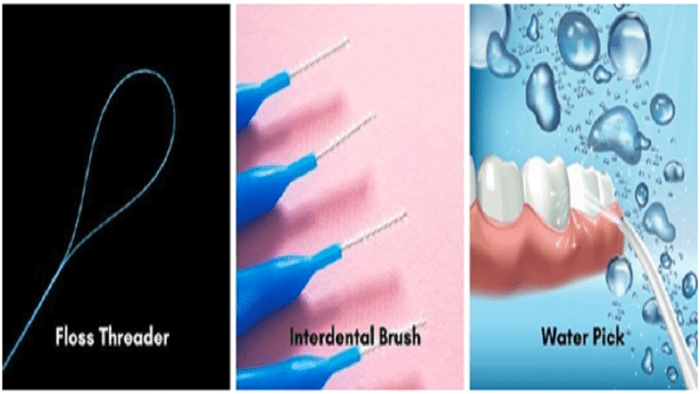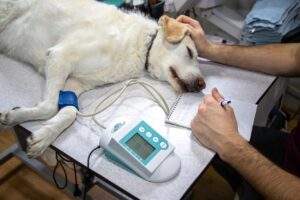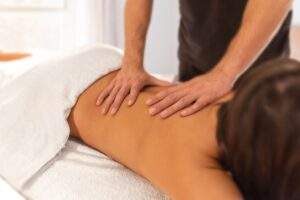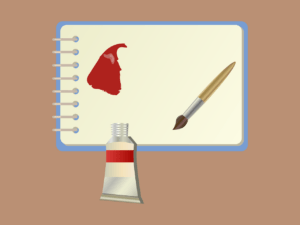How to Take Care of Your Dental Bridge

Dental bridges are the best option to bring back your precious smile that has been lost by missing teeth. A dental bridge provides a permanent solution for replacing missing teeth. It saves you from the inconvenience caused by removing and cleaning dentures every day. Dental bridges are more aesthetically pleasing and comfortable. However, dental bridges need proper cleaning and maintenance every day.
A dental bridge is made up of bridge like structure holding pontic tooth with the help of adjacent teeth also known as abutments. The tooth which need to be replace called as pontic is connected to the crowns.
Following the freedom to eat all sort of foods comes with the responsibility for cleaning dental bridge regularly. This article bring answer to the question why it is important to clean dental bridges and also provides some tips on how to clean dental bridges properly.
Why do You need To Clean a Dental Bridge?
As in the dental bridge treatment, the pontic tooth is placed above the gum with the help of abutment teeth which form some micro gaps in between gums and pontic tooth. Plaque and bacteria start growing in these gaps. These growing bacteria can cause halitosis i.e. bad breath or dental disease to supporting abutment teeth.
Ignoring oral hygiene can result in causing gum disease and tooth decay in teeth under the bridge. This may result in losing abutment teeth and the bridge.
How to Clean a Dental Bridge?
1. Tools You Can Use to Clean Under a Dental Bridge
As the bridges are made over the surface of pontic tooth and abutment teeth, a floss cannot pass through between making it impossible to floss in between the bridge.
Although regular flossing is not possible, the best option to clean under the bridge is with super floss, a floss threaded, or an interdental brush. A water pick is another tool that can be used to clean the dental bridges.
2. Brush Your Teeth As Usual
To maintain proper oral hygiene flossing should go hand-in-hand with brushing. Brushing your tongue and teeth is normally done before flossing to remove most of the plaque. Using the soft-bristled toothbrush in circular motions at a 45-degree angle towards the gum makes the effective cleaning.
It is very easy to maintain oral hygiene for a dental bridge using the aids available as mentioned above. Patients spending time on oral hygiene do not report problems in the teeth.
Types of Foods to avoid after Dental Bridge Installation
Biting hard foods like nuts, bones should be avoided; especially bridge is made up of ceramic. Cracking hard nuts, sweets can fracture the ceramic, and a damaged dental bridge needs to be replaced.
Other than hard foods, for natural foods bridges can be used as natural teeth. You can enjoy your meal, bite into an apple without worrying about fracture and dislodging of the bridge, unlike dentures. Installation of a dental bridge allows you to enjoy a variety of foods.
Maintaining Dental Bridge using Regular Cleans & Checkups
Maintaining oral hygiene using the above tips is good but along with this, you should visit a dental clinic for a professional clean by a dentist or dental hygienist. The dental calculus builder around your teeth and bridge cannot be removed by normal tooth brushing or flossing.
Therefore, regular dental visits for professional dental cleanup, scaling, and polishing helps to prevent dental or gum diseases.
Aside from cleaning, you should also take advice from the dentist regarding your dental bridge. This way dentist can detect early problems with your bridge, to ensure the durability of the bridge for a long time.
Conclusion
It is important to clean your dental bridge to maintained oral health and prevent infections. Since a dental bridge is permanent, you cannot remove it regularly to clean it.
Opt for an easy-to-use aid such as a floss threader, super floss, interdental brush, or water pick for your dental bridge. You can take advice from your dentist, and ask them to demonstrate the use of various bridge cleaning tools on your bridge.
Other than following good oral hygiene, make sure you avoid hard foods. Keep visiting dentist for regular dental checks and cleaning. Don’t overdue for your next dental appointment.






